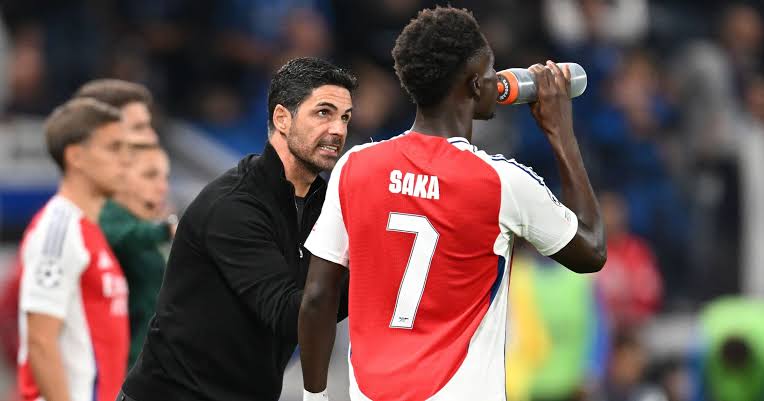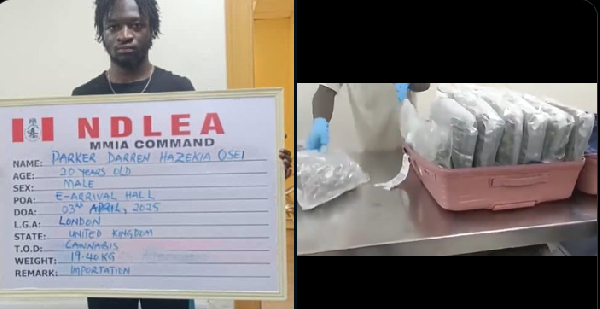Outside the walls of Girona, next to the old quarries, lies the studio of one of the great exponents of contemporary Catalan art. Enric Ansesa (Girona, 1945) has been cultivating his own pictorial language for more than five decades, full of symbols, on all the colors of black. And he remains fully active, without delegating any of his production, even if it's just the hammering of hundreds of small needles.
His chaotic and bright workshop, with magnificent views of the city, is a vantage point from which one can follow everything from Canigó to Montseny. "A broad-spectrum antibiotic," as he himself defines it. But not enough medicine to maintain the connection with the city where he was born.

"I've always wanted to work in Girona, for convenience and because it's a good place to live," he explains. "But for the past few years, I've had little connection to Girona, by choice.".
"The colorful facades of the Onyar River in Girona were painted despite pressure."

Outside the walls of Girona, next to the old quarries, lies the studio of one of the great exponents of contemporary Catalan art. Enric Ansesa (Girona, 1945) has been cultivating his own pictorial language for more than five decades, full of symbols, on all the colors of black. And he remains fully active, without delegating any of his production, even if it's just the hammering of hundreds of small needles. His chaotic and bright workshop, with magnificent views of the city, is a vantage point from which one can follow everything from Canigó to Montseny. "A broad-spectrum antibiotic," as he himself defines it. But not enough medicine to maintain the connection with the city where he was born. "I've always wanted to work in Girona, for convenience and because it's a good place to live," he explains. "But for the past few years, I've had little connection to Girona, by choice."















